Description
Defoamers: Silently Conquering Foam and Optimizing Processes
Foam, a seemingly innocuous accumulation of bubbles, can be a significant nuisance in various industrial and commercial processes. From paint manufacturing to wastewater treatment, uncontrolled foam can lead to inefficiencies, equipment damage, and even safety hazards. The unsung heroes combating this foamy foe are defoamers, specifically formulated additives designed to eliminate or prevent foam formation.
Understanding the Enemy: What is Foam?
Foam is essentially a dispersion of gas bubbles within a liquid or solid matrix. It’s stabilized by surface-active agents (surfactants) that reduce the surface tension of the liquid, allowing bubbles to persist. These surfactants can be naturally present in the process or introduced through cleaning agents, raw materials, or even aeration.
The Role of Defoamers: Breaking Bubble Barriers
Defoamers work by destabilizing the foam lamellae (the thin liquid films forming the bubble walls). Unlike antifoams, which prevent foam formation in the first place, defoamers are designed to eliminate existing foam. They achieve this through several mechanisms:
- Surface Tension Reduction: Defoamers often contain components with lower surface tension than the foaming liquid. These components spread rapidly across the foam surface, displacing the stabilizing surfactants and causing the bubbles to coalesce and burst.
- Displacement and Bridging: In some cases, defoamers can displace surfactants at the air-liquid interface, creating weak spots in the bubble walls. They can also form bridges between bubbles, leading to coalescence and collapse.
- Particle-Induced Rupture: Certain solid particles, like hydrophobic silica, can destabilize foam by penetrating the bubble film and disrupting its structural integrity.
The Arsenal: Types of Defoamers
The selection of the right defoamer depends heavily on the specific application and the nature of the foaming liquid. Here are some common types:
- Oil-Based Defoamers: These are typically composed of mineral oils, vegetable oils, or silicone oils. They are generally inexpensive and effective in a wide range of applications.
- Silicone-Based Defoamers: Silicone-based defoamers, particularly those containing polydimethylsiloxane (PDMS), are highly effective even at low concentrations. They are often used in demanding applications where other defoamers fail. However, some formulations can cause issues with surface defects in coatings or finishes.
- Water-Based Defoamers: These are emulsions or dispersions of oil or silicone in water. They are often preferred in water-based systems due to their ease of dispersion.
- Powder Defoamers: These are solid defoamers that can be easily added to powder formulations or dry processes.
Applications Across Industries:
Defoamers are essential in a vast range of industries, including:
- Paints and Coatings: Preventing foam during manufacturing and application ensures smooth, even finishes.
- Pulp and Paper: Controlling foam during the pulping and papermaking process improves efficiency and product quality.
- Wastewater Treatment: Reducing foam in wastewater treatment plants prevents overflow and ensures efficient biological treatment.
- Textile Industry: Defoamers are crucial in dyeing and finishing processes to ensure even dye uptake and prevent fabric defects.
- Food and Beverage: In food processing, defoamers are used in processes like fermentation and juice production to improve yields and prevent equipment fouling.
- Oil and Gas: Defoamers are vital in oil and gas extraction and processing to prevent foam formation in pipelines and processing equipment.
- Pharmaceuticals: Controlling foam in pharmaceutical manufacturing is crucial for maintaining product purity and preventing equipment contamination.
Choosing the Right Defoamer: A Complex Equation
Selecting the appropriate defoamer requires careful consideration of several factors, including:
- The nature of the foaming liquid: Is it aqueous, oil-based, or solvent-based?
- The type of surfactants present: Different surfactants may require different defoamer chemistries.
- The temperature and pH of the system: These factors can affect the effectiveness of some defoamers.
- The desired end result: Does the application require long-lasting antifoaming properties in addition to defoaming?
- Regulatory requirements: Certain industries have specific restrictions on the types of chemicals that can be used.
The Future of Defoamers: Green and Effective
The defoamer industry is constantly evolving, with a focus on developing more environmentally friendly and effective solutions. Research is ongoing to develop bio-based defoamers derived from renewable resources and to improve the performance of existing defoamers through advanced formulations and delivery systems.
Conclusion: A Silent Partner in Process Optimization
Defoamers may be a silent and often overlooked component, but their impact on industrial and commercial processes is undeniable. By effectively controlling foam, defoamers improve efficiency, reduce costs, and enhance product quality across a wide range of applications. As industries continue to strive for greater sustainability and efficiency, the development of innovative and environmentally friendly defoamer solutions will remain a critical area of focus.


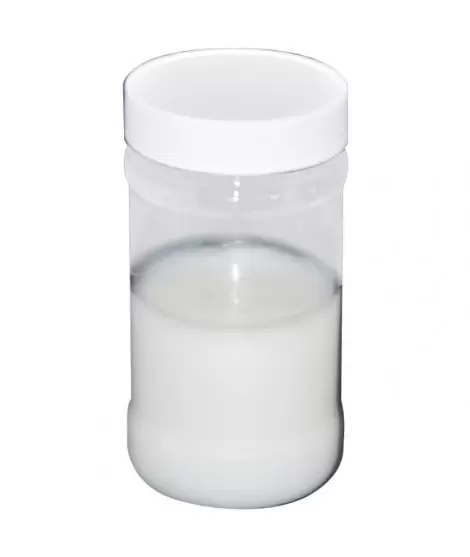
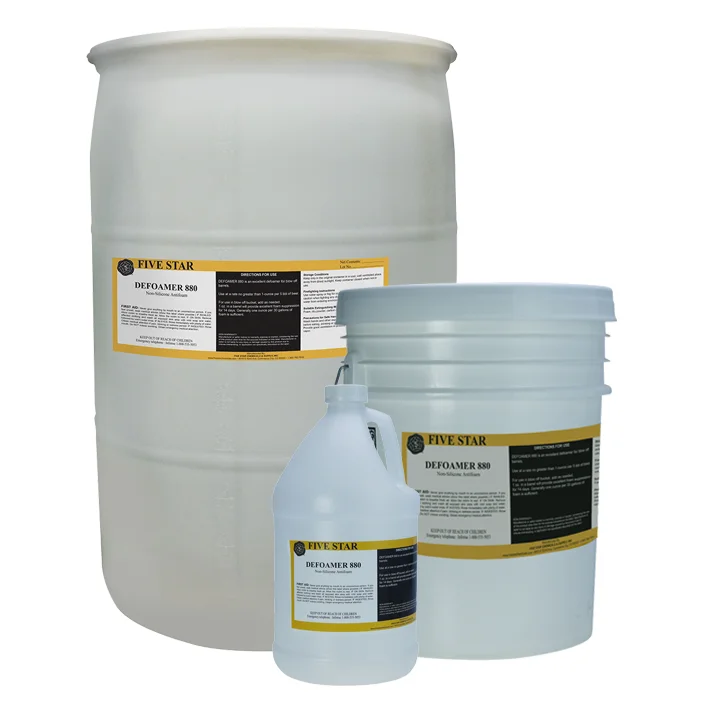
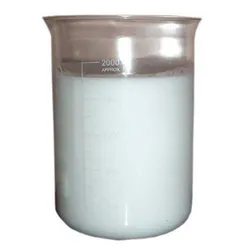
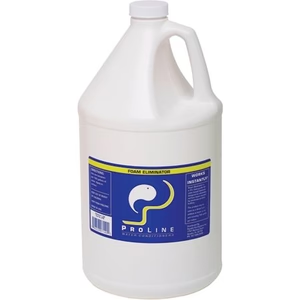
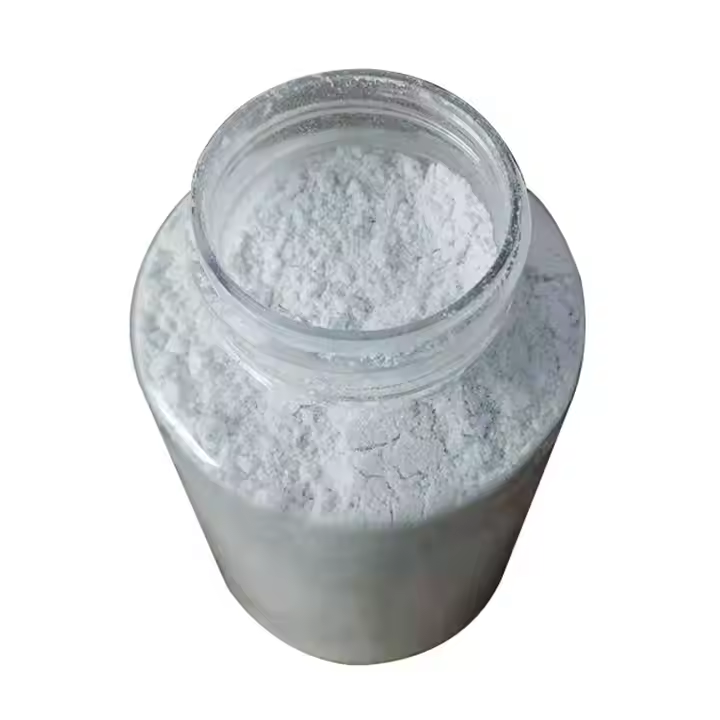
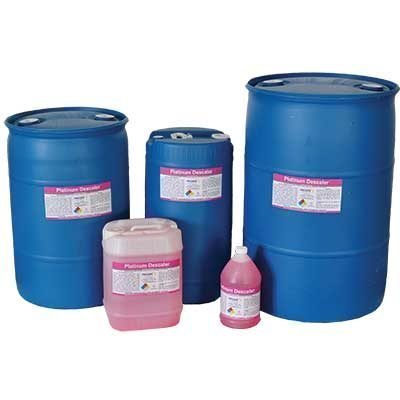
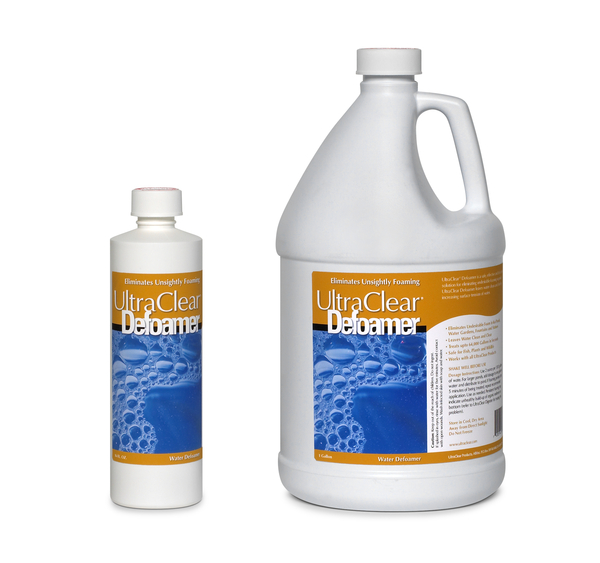



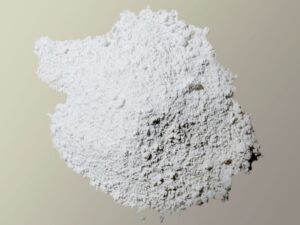
Reviews
There are no reviews yet.